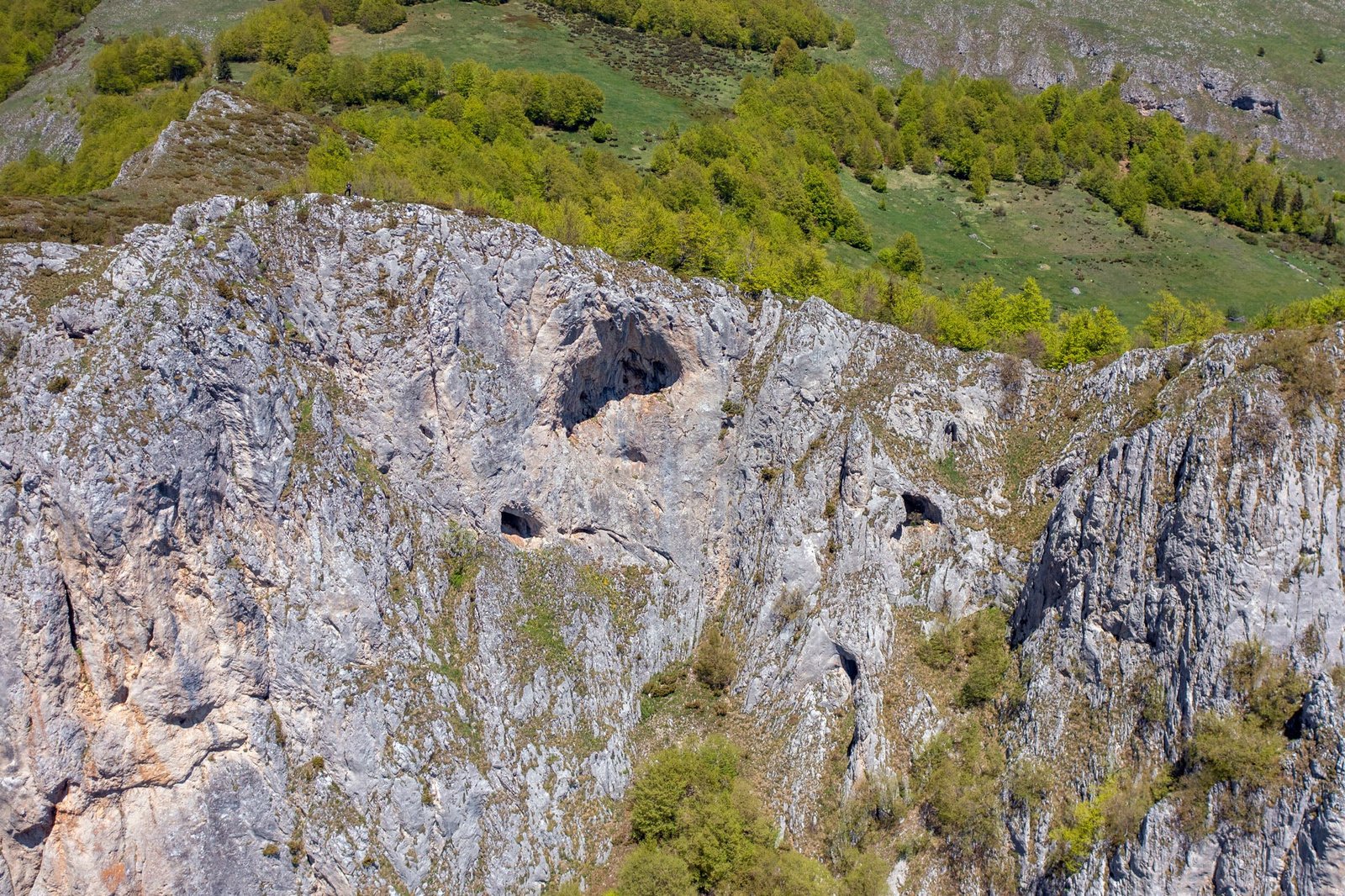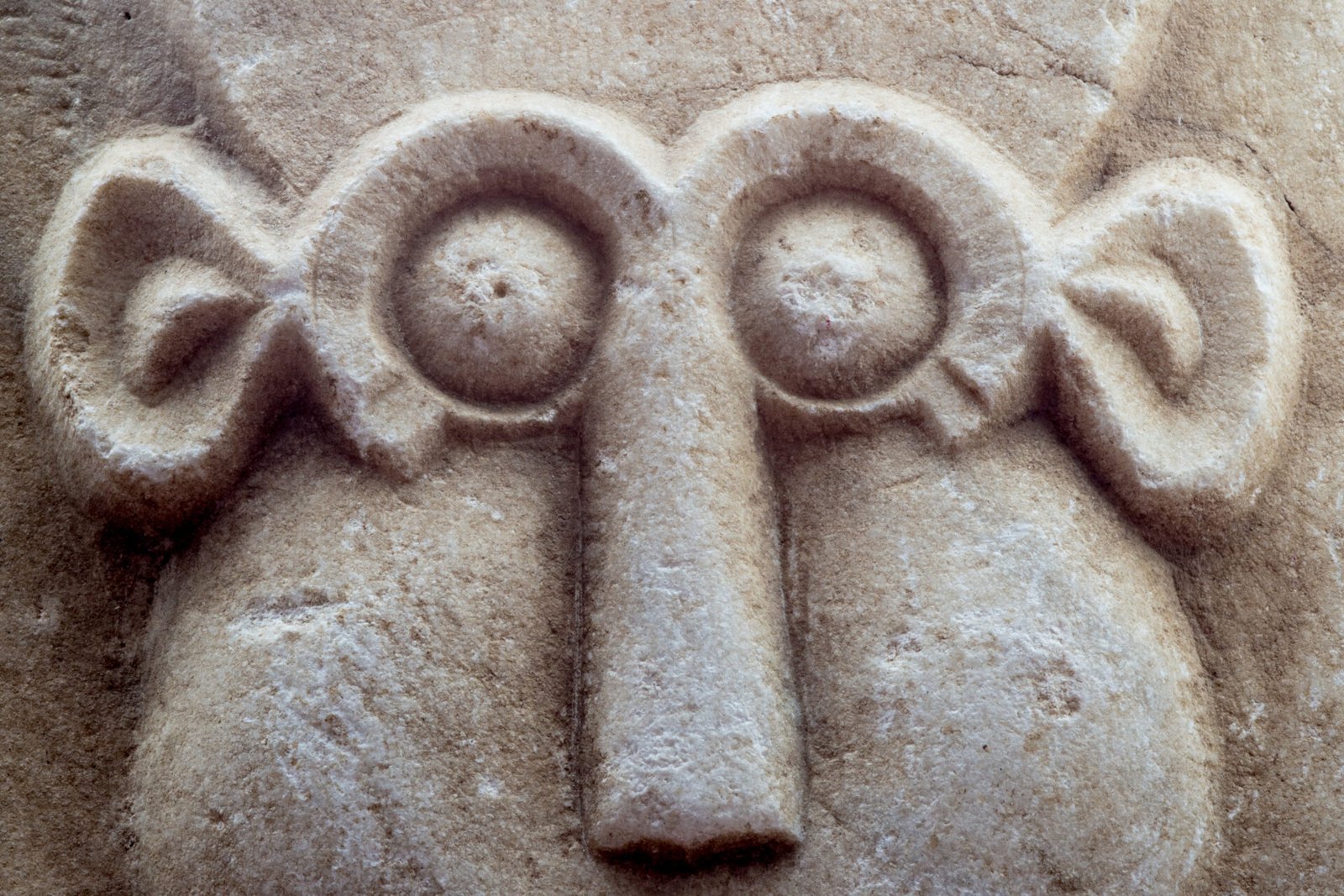A High-Altitude Gem
Located in the northwest of Montenegro, at the heart of Durmitor National Park, Žabljak stands proud at an altitude of 1,456 meters, making it the highest urban settlement in Southeast Europe. Nestled at the base of Mount Durmitor, this town is surrounded by 23 peaks over 2,200 meters high, 18 glacial lakes, and the Tara River Canyon, the deepest canyon in Europe. The original Slavic name for this place was Varezina voda, likely due to a strong spring of drinking water around which the settlement grew. Later, it was called Hanovi, or Anovi in the original form, where trading caravans used to rest.
Legends and History
According to legend, the name Žabljak comes from the frogs (žabe) that live in the Otoke area and announce the arrival of spring with their croaking. The town officially received its name in 1870, marking its inclusion in the Principality of Montenegro. On that same day, the construction of the Church of the Holy Transfiguration, a school, and the captain’s house began. Today, Žabljak is a key winter tourist center in Montenegro, having developed into a hub for winter sports. The town now focuses on tourism and the production of healthy food. Here, you can try local delicacies such as kajmak, cicvara, lamb and potatoes baked under the bell, and sour sheep’s milk.
Modern Amenities
Žabljak offers a range of modern amenities including a bus station, post office, supermarket, bakery, internet café, several hotels, restaurants, shops, tourist agencies, and rental services for skis and bicycles.
The Surrounding Villages
The area around Žabljak is dotted with numerous villages of varying ages. Some of these Durmitor villages have existed for centuries, often forming in places where there were originally shepherd’s huts or old settlements. The construction style varies significantly, with many villages featuring the so-called “scattered” type, where houses are quite far apart. There are also villages where houses are closer together, though generally built without any specific order. In these villages, it’s common to see an upper and a lower part, with the lower village typically being older and the upper village developing over time, possibly from shepherd’s huts or seasonal settlements of residents from the lower village.




